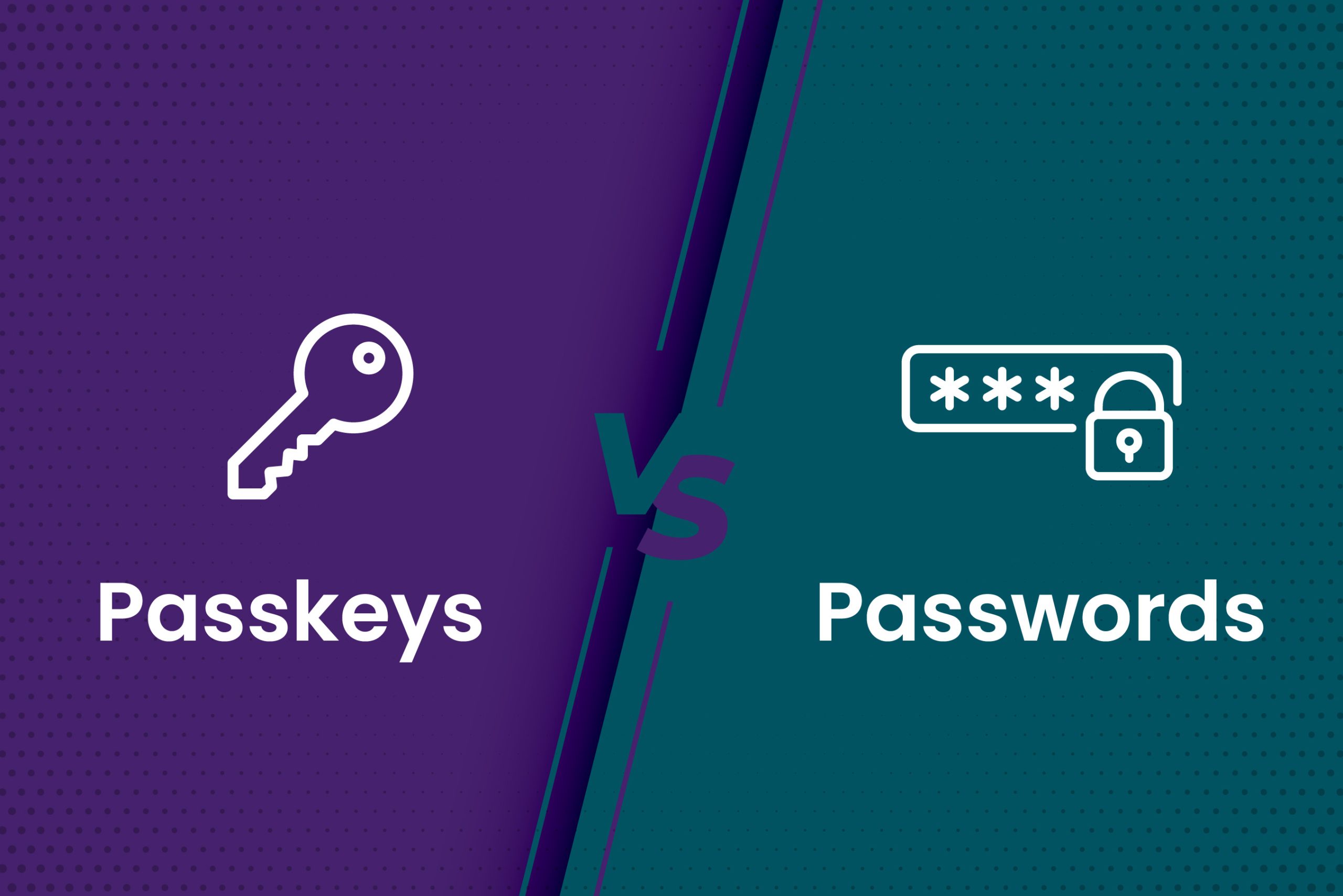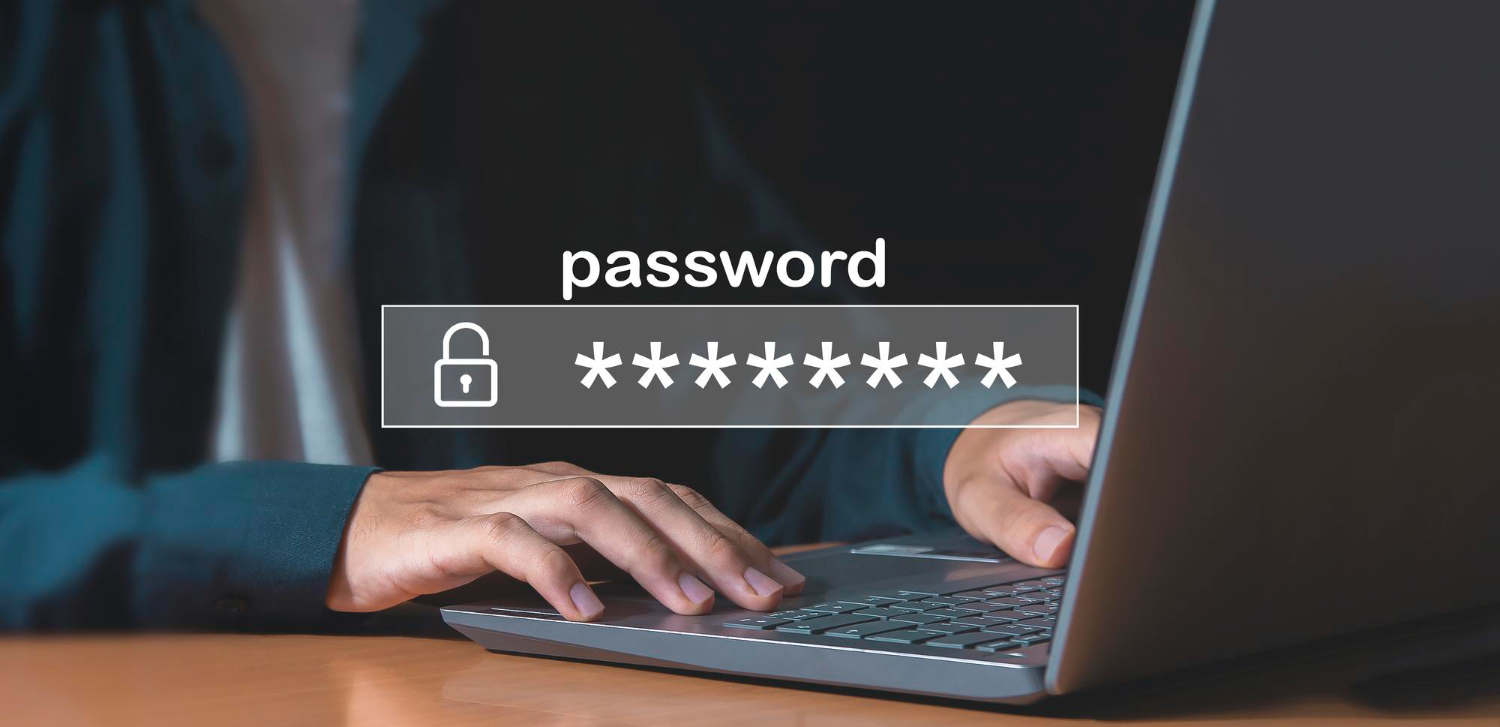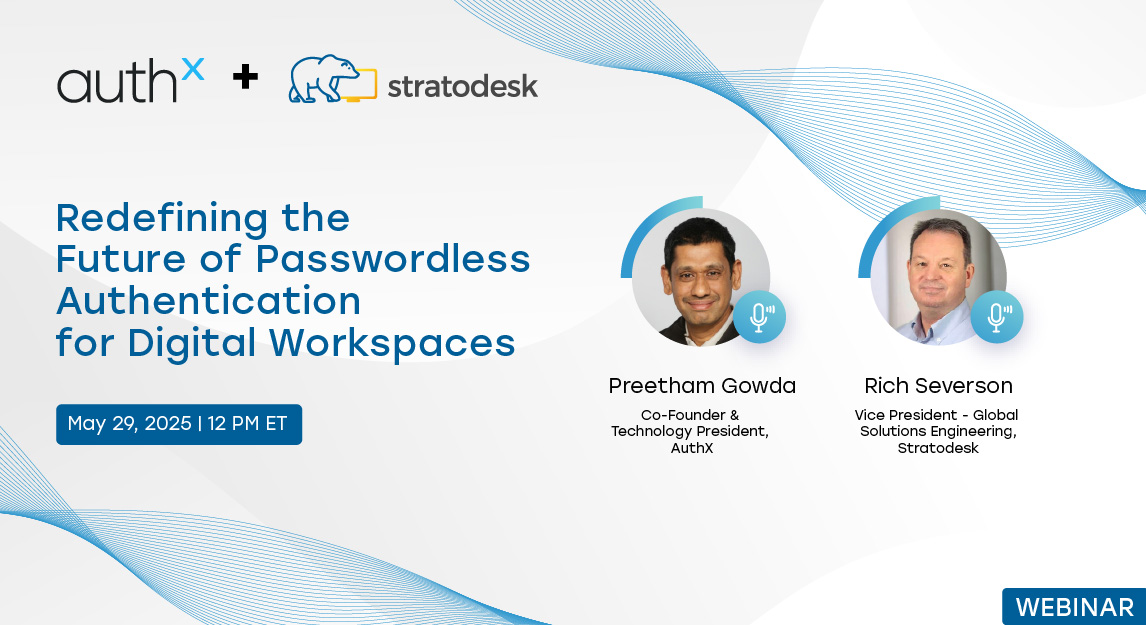A few years ago, authentication was a checkbox. Now, it’s a battleground.
CIOs today aren’t just managing technology stacks; they’re on the frontline of securing digital identities. With attack surfaces growing, hybrid work becoming the norm, and AI fueling more sophisticated threats, identity has officially become the new perimeter. And if we’re being honest, passwords just aren’t cutting it anymore.
From stolen credentials to deepfakes and phishing, the way we authenticate users seriously needs an overhaul. But change isn’t easy. Authentication is tightly woven into the user experience, compliance processes, and legacy infrastructure. So, where does that leave today’s CIO?
Here’s the strategic roadmap we believe every CIO needs to follow.
Identity Is the New Security Perimeter
You’ve probably heard this phrase so many times that it’s started to lose meaning. But the truth is, it’s more relevant than ever.
A network firewall can’t protect a remote contractor logging in from a café. Your data center’s physical security means little if attackers log in through your VPN using valid credentials they bought off the dark web.
Identity is how attackers get in, and how enterprises must defend.
According to Verizon’s 2024 DBIR, over 80% of breaches involved stolen or weak credentials. This pattern clearly shows that authentication failures are now a business risk.
“Most CIOs I speak with still treat authentication as an IT function,” said Preetham Gowda, President and Co-Founder, at AuthX. “But it’s now a boardroom issue. You’re not just authenticating users, you’re protecting revenue, reputation, and trust.“
Why Traditional Authentication is Breaking Down
MFA fatigue is real. Users are tired of constant prompts. IT teams are overwhelmed by support tickets. And attackers? They’re getting smarter. They bypass MFA with phishing kits, session hijacking, and social engineering that dupes even seasoned employees. If you still rely on One-Time Passcodes(OTPs) and static rules, you’re playing defense with outdated gear.
Here’s what’s breaking:
- Over-reliance on passwords and OTPs
- Inflexible MFA policies that don’t adapt to risk
- Point solutions that don’t scale or integrate cleanly
- Authentication UX that frustrates users and lowers productivity
We’ve seen this play out across industries. One CIO told us, “We rolled out MFA after a phishing scare, but six months in, users were finding ways to bypass it, and our helpdesk tickets tripled.”
That’s not sustainable.
The New Pillars of Modern Authentication
So, what does a future-ready authentication strategy look like?
Here’s what the most forward-thinking CIOs are building toward:
1. Adaptive MFA
Instead of treating every login the same, adaptive MFA calculates risk based on context, location, device, time of day, and user behavior. If it smells suspicious, step up the verification. If it looks safe, let the user through without friction.
2. Passwordless Login
This isn’t a buzzword anymore; it’s a roadmap. Enterprises are actively retiring passwords with biometrics, security keys, passkeys, and device-based trust.
3. Unified Identity Layer
Many organizations struggle with fragmented identity systems. A central authentication platform that integrates across cloud, on-prem, SaaS, and remote endpoints is becoming non-negotiable.
4. Stronger UX + Security
“If users hate MFA fatigue, they’ll find ways around it.” Security that gets adopted is security that works. Modern authentication must prioritize seamless user experience as much as it does zero trust.
What CIOs Must Prioritize Now?
If you’re rethinking authentication for the next 12–24 months, here’s what should be on your radar:
- Conduct an Identity Audit: Understand where and how identities are authenticated across your ecosystem.
- Consolidate Authentication Tools: Minimize the sprawl of identity solutions, this reduces risk and improves visibility.
- Deploy Risk-Based Authentication: Use behavioral signals and AI to evaluate login attempts and apply authentication dynamically.
- Accelerate Passwordless Adoption: Start with high-risk user groups or privileged access users and expand outward.
- Integrate with Endpoint Security: Authentication must link with device posture and real-time threat intelligence.
- Educate Users Continuously: Authentication strategies fail without end-user buy-in; training and communication matter.
- Test and Simulate Attacks: Regularly test your authentication stack against phishing, session hijacks, and deepfake login attempts.
What Most Organizations Overlook: Machine Identity & Certificates
You’re securing human users. But what about machines?
Microservices, APIs, containers, and bots need identities; most authenticate using certificates. The problem? Certificates are expiring, misconfigured, and still managed manually in many organizations.
We’ve seen real-world outages caused by expired machine certificates, and no one caught it in time. Visibility here is weak.
If you’re not automating certificate lifecycle management, you’re leaving a huge hole in your authentication layer.
The Human Layer Remains the Weakest Link
Let’s not pretend technology alone will save us.
Phishing works because people click, MFA push fatigue works because people approve, and deepfake voice attacks work because people trust what they hear.
CIOs must partner with internal teams to harden the human layer, through phishing simulations, behavioral training, and constant reinforcement.
Authentication in the Age of AI and Deepfakes
The attack surface has evolved; and so, has the threat.
In coming years, we’ll see AI-generated phishing campaigns that mimic employee writing styles, deepfake videos used to impersonate executives, and synthetic identities slipping through onboarding workflows.
Authentication systems must be able to:
- Detect anomalies in real-time
- Use continuous behavioral signals beyond the login screen
- Integrate fraud detection across devices, networks, and identities
This is no longer optional. AI isn’t just in your stack but also in the attackers’.
How Forward-Looking CIOs Are Responding
There’s no one-size-fits-all roadmap, but we’ve seen three big moves from progressive CIOs:
- Bringing Authentication into the Strategy Room: Authentication is no longer a back-office IT function. It’s a strategic enabler of trust, compliance, and user experience.
- Choosing Platforms, Not Point Solutions: Modern identity strategies are consolidating around unified MFA platforms like AuthX, which offer adaptive risk, passwordless login, device trust, and robust analytics; all in one layer.
- Aligning Authentication with Zero Trust: Authentication isn’t just about logging in. It’s about continuously validating identity and access across every interaction.
Final Thoughts: It's Time to Lead, Not React
We’re beyond justifying why authentication matters. The question now is: How strategic is your approach to it? Authentication today goes far beyond enabling access. It influences how the workforce operates, how customers experience digital trust, and how resilient the business is in the face of evolving threats.
Organizations still relying on static MFA rules and password resets are already playing catch-up. That model simply can’t keep pace with the complexity of modern identity risks.
The future demands an authentication strategy built with clarity, alignment, and adaptability, one that combines seamless user experience with hardened security controls. Platforms like AuthX, built for intelligent, unified, and frictionless authentication, are no longer optional add-ons. They are central to how secure access should work going forward.
Authentication has become the foundation every secure system is built on, and weak foundations won’t hold up under pressure.
FAQs
Why is traditional MFA no longer enough?
Attackers now bypass MFA using phishing kits, session hijacks, and deepfakes. Without adaptive risk and user behavior checks, even MFA can be compromised.
What does adaptive authentication do?
It evaluates real-time risk based on context; device, location, time, and behavior then adjusts the authentication challenge accordingly.
Why should we move toward passwordless authentication?
Passwords are the weakest link in most breaches. Passwordless methods like biometrics and passkeys improve both security and user experience.
What’s often overlooked in authentication strategies?
Machine identities. APIs, bots, and services use certificates, which often go unmanaged leading to outages and serious vulnerabilities.















